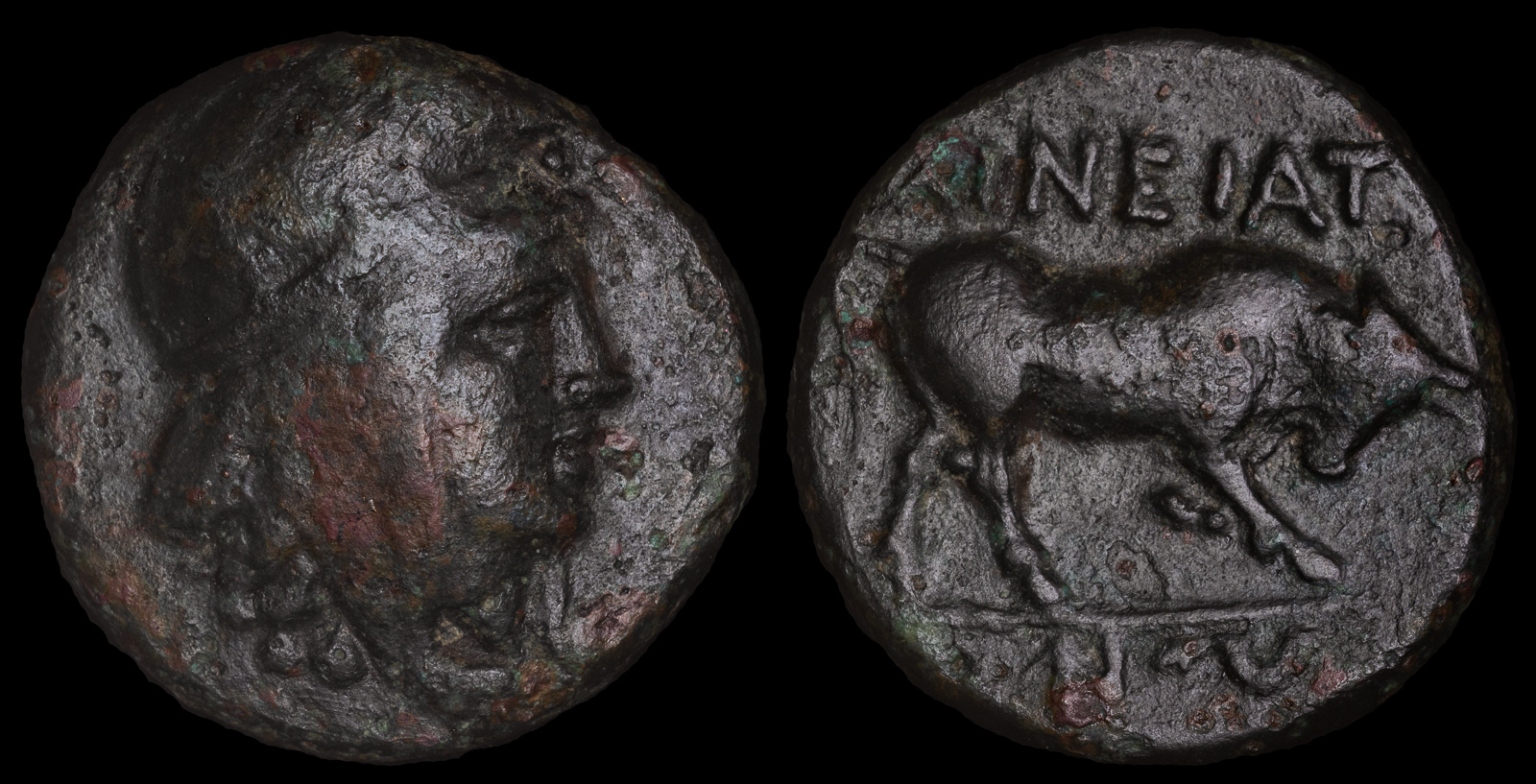Butting
View All Tags
One primary reason bulls butt is to assert dominance. In herds, bulls often compete for the position of alpha male, and butting serves as a physical means to establish who is the leader. By engaging in head-to-head clashes, bulls demonstrate strength and power, ensuring that the dominant bull gains access to breeding rights and control over resources like food and mating opportunities. This behavior is not limited to competitive herds but extends to defending territory, such as protecting their home range from intruding bulls or predators.
Additionally, bulls may butt as a way to assert territory. Whether in a natural setting or on a farm, bulls mark their territory by using their size and strength to push against obstacles or other animals. This behavior is a way to define boundaries, communicate with rival bulls, and ensure their presence is felt within a specific area. By butting objects, fences, or other bulls, they create physical signs that signal their dominance and territorial claims to other animals.
Social communication is another reason bulls butt. Within a herd, butting serves as a form of non-verbal communication, allowing bulls to express intentions, mood, or intentions toward other members of the group. It can be used to signal aggression, calmness, or even affection in certain contexts, where bulls engage in gentle butting to establish or reinforce bonds, especially among closely related animals or companions. However, when a bull butts another animal, it may also serve as a warning to others not to challenge its authority or enter its personal space.
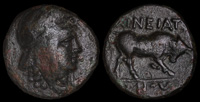
Aineia, Macedon 4th century BCE
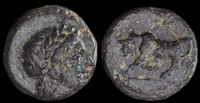
Gambrion, Mysia 400-300 BCE
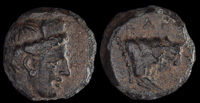
Karyanda, Caria 4th Century BCE
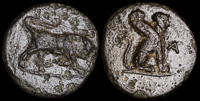
Kaunos, Caria 350-300 BCE
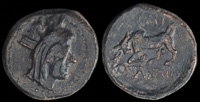
Konana, Pisidia 1st Century BCE
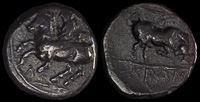
Krannon, Thessaly 300 BCE
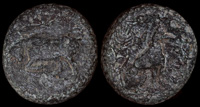
Madytos, Thrace 350 BCE

Madytos, Thrace 350-300 BCE
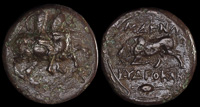
Magnesia ad Maeander 350-200 BCE
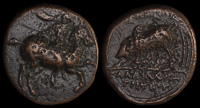
Magnesia ad Maeander 350-200 BCE

Magnesia ad Maeander 350-200 BCE
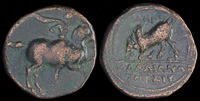
Magnesia ad Maeander ca 350-200 BCE
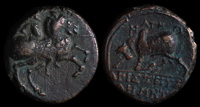
Magnesia ad Maeander, Ionia 350-200 BCE

Magnesia ad Maeandrum 350-200 BCE

Magnesia ad Maeandrum 350-200 BCE
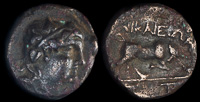
Nikaia, Bithynia 300-100 BCE
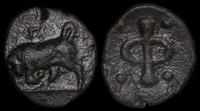
Phlious, Phliasia 400-350 BCE

Tauric Chersonesos, Chersonesos 300-290 BCE
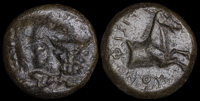
Teisiphon

Termessos, Pisidia 71-36 BCE
